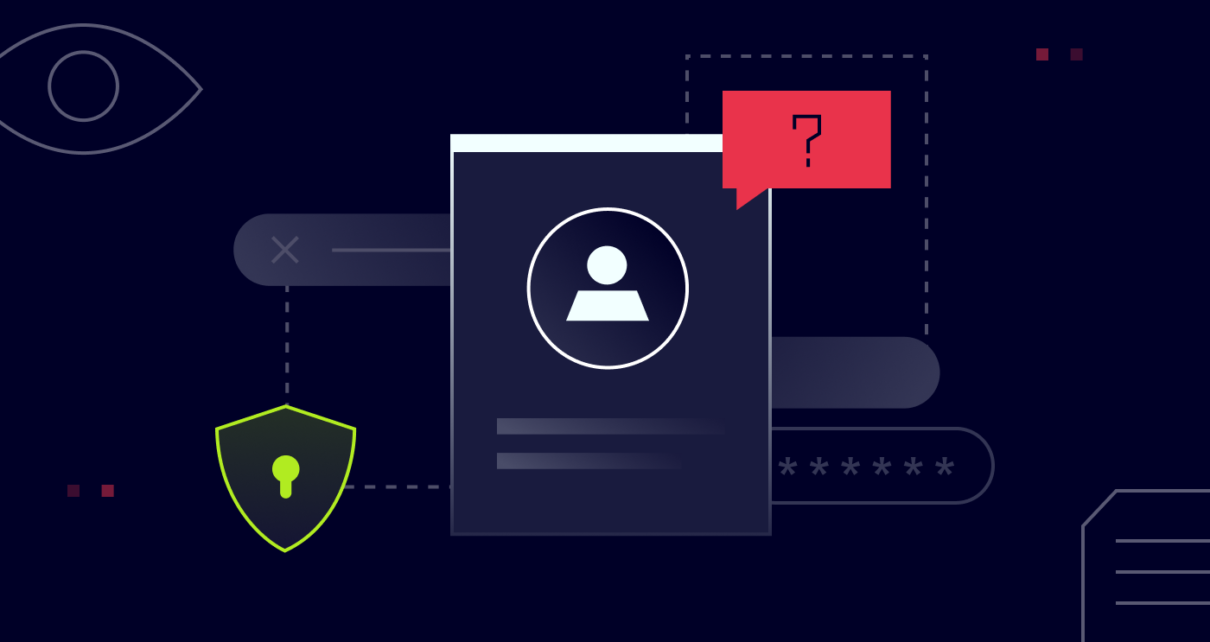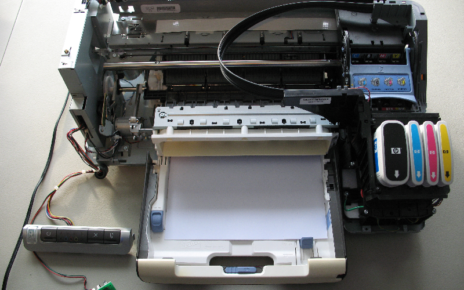Self-destructing notes are digital messages that automatically delete themselves after being read or after a set period. This feature allows users to share sensitive information without worrying about it lingering in their inboxes or servers indefinitely. Users can maintain control over their data even after sending it by setting an expiration date or limiting the number of times a note can be viewed. Self-destructing notes are straightforward:
- Creating the note – Users compose messages on a secure platform.
- Setting parameters – They choose when or how to destroy the note.
- Generating a link – The platform creates an exclusive URL for the note.
- Sharing the link – Users send it to their intended recipient.
- Accessing the content – The recipient opens the link to view the message.
- Automatic destruction—The note is permanently deleted once it is read or when the time limit expires.
Benefits of self-destructing notes
- Enhanced privacy
Self-destructing notes provide an extra layer of privacy by ensuring sensitive information doesn’t remain accessible.
- Reduced risk of data breaches
Self-destructing notes minimize the risk of unauthorized access through hacked accounts or compromised devices by automatically deleting messages after they’ve been read. Even if someone gains access to a recipient’s email or messaging app, they won’t be able to retrieve sensitive information if it has already been destroyed.
- Control over shared information
Users have increased control over shared data lifespan. They can set specific time limits or view counts, ensuring the information is only accessible for as long as necessary.
- Compliance with data protection regulations
Many industries have strict data protection regulations. Self-destructing notes can help organizations comply with these rules by automatically deleting sensitive information after it has served its purpose, reducing the risk of unintended data retention.
Use cases for self-destructing notes
- Sharing login credentials
- Sending confidential business information
- Communicating sensitive personal details
- Exchange temporary access codes
- Sharing time-sensitive information
Implement self-destructing notes in your workflow
To effectively use self-destructing documents, consider the following tips:
- Educate your team
If you’re implementing self-destructing notes in a professional setting, ensure all team members understand how to use the technology properly. Provide training on best practices and information security.
- Set appropriate expiration times.
Consider the nature of the information being shared and set realistic expiration times. Some data may only be accessible for a few minutes, while others require more extended periods.
- Use additional security measures.
While self-destructing notes are powerful, they should be used with other security practices. Implement two-factor authentication, use strong passwords, and regularly update your devices and software.
- Be mindful of screenshots.
Remember that recipients can still take screenshots of the information before it self-destructs. Use this technology wisely and remind recipients of the confidential nature of the shared data.
Providing users with increased control over their shared data and self-destructing notes is an innovative solution to this challenge. Individuals and organizations can enhance information security by implementing private and similar self-destructing note services. privnote contribute significantly to digital communications protection. Increasing connectivity will lead to further technological innovation in this field.





